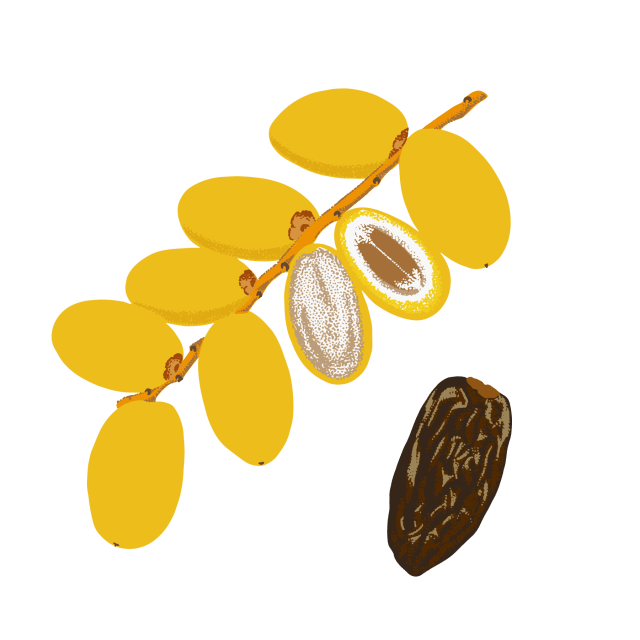Currant

Latin Name: Ribes
Other Names: cassis (black currant)
Uses: fruit, liqueur
What Are Currants?
Currants are the small red, black, or white (or pale pink) berries that grow on slender stems of medium-size shrubs in the gooseberry family (Grossulariaceae). (Though gooseberries are another species of the genus Ribes.) Of the 200 or so currant species in the world, only about 15 are grown for food. True currants, which are always sold fresh, should not be confused with the dried fruit sold as Zante currants, which are actually a type of raisin from a small grape but are typically labeled simply as “currants” outside the United States.
Why Are Currants Healthy?
Currants contain antioxidants such as anthocyanins and polyphenols, which help support the immune system and protect the body from oxidative stress.
- They are a good source of vitamin C, which helps in strengthening immunity.
- The fiber in currants supports gut health and helps maintain stable blood sugar levels.
What Do Currants Taste Like?
Fresh red and white currants are usually somewhat tart and juicy, whereas black currants have a stronger flavor and are a bit drier and sweeter. Currants typically have a little pip that you can either chew or spit out. Dried currants taste like raisins because they are, in fact, tiny raisins.
How Do I Prepare Currants?
Fresh currants are most often used in jams and preserves. You can also bake with currants just like you would with blueberries or huckleberries. Use dried currants the same way you would raisins. Currants are a classic addition to British baking. (They are the “spots” in the steamed pudding known as spotted dick.) You can soak dried currants in a flavorful liquid, like orange juice or rum, to plump them up for baking.
What Do Currants Pair Well With?
Fresh currants are wonderful with other sour flavors, like yogurt, ricotta, buttermilk, and lemon zest. Currants are classically added to baked goods (like scones and pies) as they love sweet spices, like cinnamon and nutmeg. They’re also excellent with robust, savory flavors; currant sauce is a traditional pairing for roasted game meats. Try currants with earthy, forest flavors, like rosemary, juniper berries, wild mushrooms, and chestnuts. Their sourness also cuts through heavy, spicy foods, making them a great choice for chutneys.
Where Do Currants Grow?
Wild currants grow in open woodlands and meadows throughout the Northern Hemisphere (and at higher elevations in South America). Many states in the U.S. have restrictions on growing or selling the shrubs because they can transmit a fungus that causes white pine blister rust, a disease that kills pine trees and impacts timber production. Commercial currant production is dominated by Russia, Germany, and Poland.
How Do I Buy Currants?
Currants are less common in the United States than they are in the British Isles. You can buy dried currants (sometimes labeled as Zante currants) in better-stocked grocery stores year-round, though you can sometimes find them fresh in late spring and early summer at farmers’ markets and in upscale produce departments, where they’re sold on the stem in paper cartons (usually half pints). You should store dried currants the same way you would raisins, in an airtight container in a cool, dry place, where they’ll keep for about a year before losing flavor and hardening.
Surprising Currant Fact
One of the rarest and most expensive preserves in the world comes from currants. Bar-le-Duc jelly—called “a ray of sunshine in a jar” by 16th-century monarch Mary, Queen of Scots—was made by painstakingly prying out the pip from each berry with a goose-feather quill and then suspending the fruits whole in thick sugar syrup. Prepared by monks (who else would have the patience?) since the 14th century, the jelly was made from wild currants growing around Bar-le-Duc, France, for 200 years before the fruit was domesticated in Europe. Today, monks no longer make the jelly. Instead, a small group of women called épépineuses, or seeders, makes the preserves.



